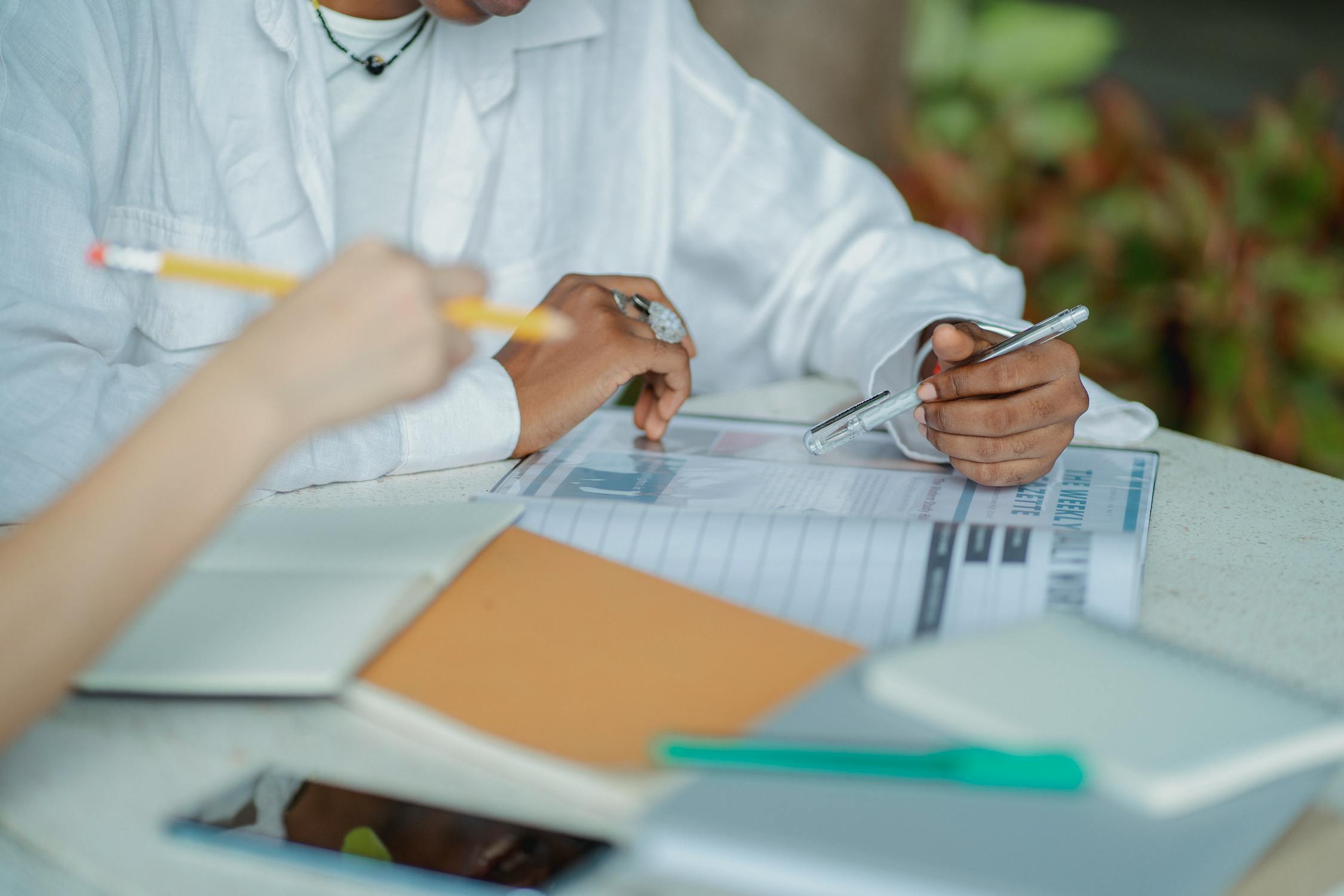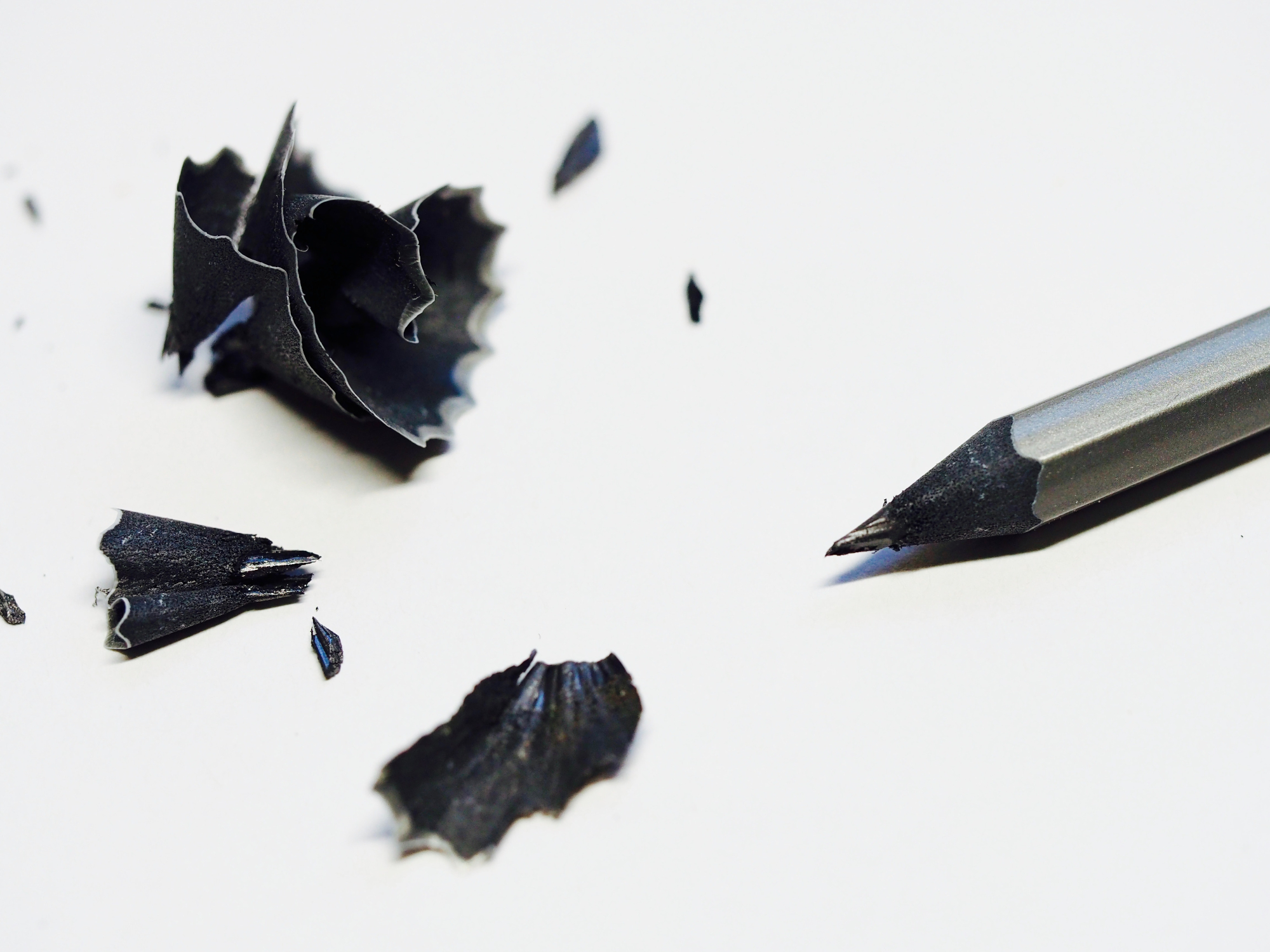In recent years the Selective High School Placement Test changed to focus on thinking skills rather than general ability. This 40 questions section requires students to understand how to think logically and…

The Selective High School Placement Test is a crucial step for students wanting to attend one of the state’s top selective schools.
The exam assesses a child’s academic abilities and determines their suitability for a selective high school education. If you’re planning on taking the test, you should know a few key points to give yourself the best chance of success.
These points include understanding when the test takes place so you can prepare, what to bring on the day, what a good score looks like, and how to increase your chances of getting into the high school of your choice.
So, let’s find out and get you prepared!
1. When is the Selective High School Placement Test?
The Selective High School Placement Test will be held on May 4, 2023. This will be for students seeking entry to Year 7 in 2024.
As the test date approaches, the Department of Education will send you an Authority to Sit the Selective High School Placement Test letter. It includes information about the test centre’s location and what you can expect on the day. You should receive it no later than April 20, 2023.
If you haven’t received the email, you should check your spam folder and log in to the application dashboard to look for messages. You should send a message through the platform if there is still no information about the test centre allocation or the authority letter.
2. What Should I Bring on Test Day?
One of the most crucial steps for students is knowing what items to bring to the test centre. The Authority to Sit the Selective High School Placement Test letter will include what you’re allowed to carry, which includes:
- Two 2B pencils, an eraser and a pencil sharpener.
- A printed copy of the Authority to Sit the Selective High School Placement Test showing your application number.
- A snack to eat during the break between the two test sessions.
- A transparent bottle of water to keep under the desk during the test.
- Any items approved as adjustments for disability. This can include anaphylaxis kits containing an EpiPen, the action plan for anaphylaxis and the medication.
- If you wear glasses or require asthma inhalers, spacers, tissues, diabetes equipment, or FM transmitters, you should bring them.
You should not bring pens, rulers, note paper, or books. Smartwatches, phones or other devices that compute, photograph, communicate or make noise are not allowed at or near your desk in the test centre. However, a wristwatch that does not make a noise, calculate, compute, communicate, or photograph can be worn. But you should remember that the test centre’s analogue clock is the official timekeeper during the exam.
3. What is a Good Selective School Score?
When determining the scores required for entry into a selective high school, there is no set minimum number, as it can vary from year to year. The necessary level of performance on the Selective High School Placement Test to receive an offer is determined by multiple factors. Some include:
- The number of applications for each school
- The performance of those students who applied for that school
- The number of families that decline an offer for that school
These factors can change yearly, and referring to past scores is no longer a reliable method for choosing a school. For example, institutions in high demand will require students to demonstrate higher levels of academic merit. You should keep track of the current year’s requirements and aim to meet or exceed that. For example, Baulkham Hill High School enrols up to 180 students and previously required one of the highest minimum entrance scores. So you will need to be one of the highest performers in the test and at your current primary school to be considered for placement at this school.
4. What are the Chances of Getting into a Selective School?
An average of 15,000 students across NSW take the Selective High School Placement Test annually. The aim is to achieve one of the more than 3,500 spots available. The number of people sitting the exam has increased yearly, as has the number of applications to the top selective schools in the state.
That means just over 20% of applicants are offered a spot at selective schools. Even though it’s competitive, you shouldn’t be discouraged if you or your child aren’t offered a place. They may still be considered a top academic performer and may be added to the reserve list if an additional spot opens up.
5. How Can You Increase Your Chances of Getting into the School of Your Choice?
In addition to doing well at school, reading books and reviewing resources can help you prepare for the Selective High School Placement Test. They can improve your reading, writing, and comprehension skills.
You should also practice and review the sample tests available on the Department of Education’s website. The more time you spend attempting these tests, the greater your chances of answering questions successfully. But it’s just as vital to understanding how you arrive at a solution. This is where a tutor is beneficial.
These experts can provide you with the essential tools and techniques that make it easier to complete the exam. They understand how to tackle some of the most challenging questions and teach you how to arrive at the correct answer.
Start Preparing for the Selective High School Placement Test
The day of the Selective High School Placement Test will be here before you know it. Now is the time to start preparing. You should attempt previous exams, read books, review vital resources and engage a tutor. They can help you understand how to arrive at the correct answer and provide techniques to help you put your best foot forward.

Primary School Tutor
Master Coaching offers Primary School tuition for the Selective High School Placement Test. We are located in Hurstville, Sydney, and also offer online tutoring to students across NSW.



